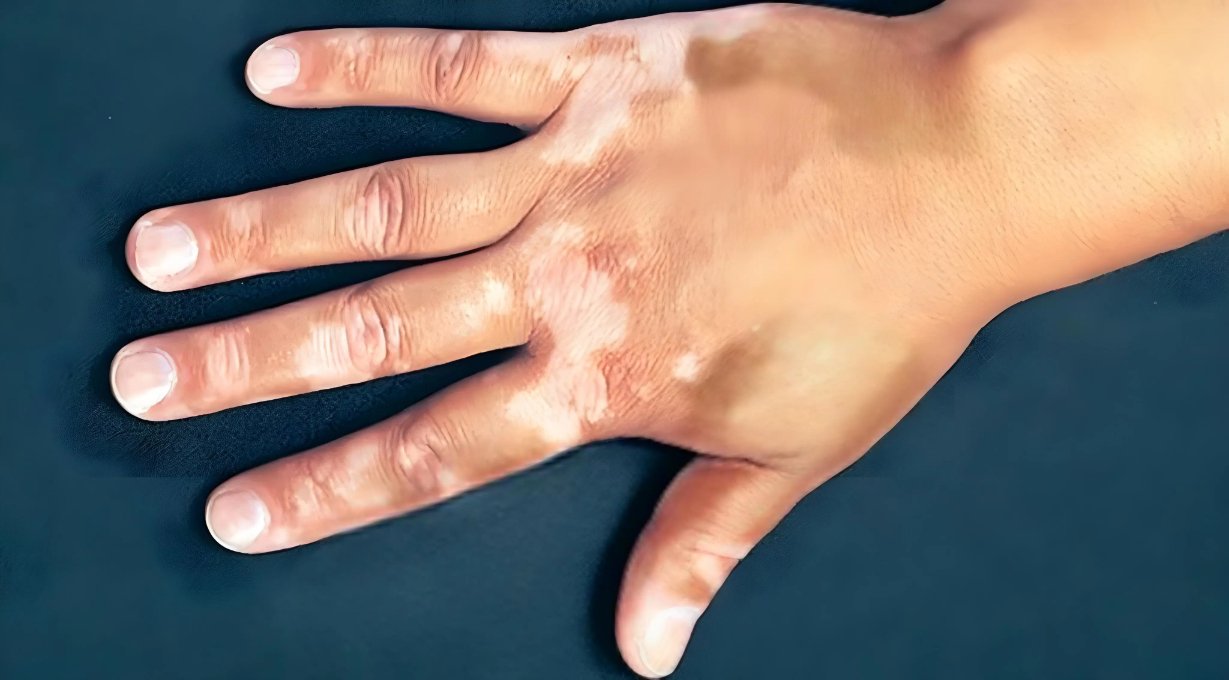This is one disease which is neither contagious nor has an impact on our general health, but leaves our self esteem in tatters. There are a host of unfounded myths attached to it, apart from the immensely stressful psycho-social stigma. Just a few noticeable white patches on the fingers and mouth area make us the focus of prying eyes. Vitiligo or leucoderma (‘fulvairi’ in Hindi), widely believed in medical circles as an autoimmune condition in which the body’s defences turn against our own cells, instead of attacking invading germs, thereby destroying the pigment-forming cells in the skin known as melanocytes, has no relation whatsoever to the food we eat and is definitely treatable.
Seeking to remove many of the misconceptions around the medical condition on World Vitiligo Day, on Sunday, Prof. Davinder Parsad claimed that the Department of Dermatology at PGI Chandigarh is recognised worldwide as one of the best centres for research and medical as well as surgical management of vitiligo. No wonder that a special vitiligo clinic run every Friday at the PGI attracts 90-100 patients from across the country every week, up from 30-40 till a few years ago.
.jpg)
Photos By : Life In Chandigarh
Explaining the various treatment modalities, he said that to stop further spread of the medical condition, the department is using immune suppressants, including steroids. It already has advanced photo therapy machines and is expecting still more advanced machines to be added in the coming months. Once the spread of vitiligo has been contained, some surgical techniques, like applying cells from skin extracted from other parts of the patient’s body to the affected area, are also being used. Research in newer drugs being conducted in some parts of the world holds out promise for a breakthrough in the treatment of vitiligo in the next couple of years, he added.


Dr Parsad said as in many other medical conditions, early diagnosis is of utmost importance in treating vitiligo. The medical condition affects 1% to 4% of the population worldwide. In 40-50% of cases, signs of vitiligo start appearing among children in 4-5 years age group while in others it largely reflects in the age group 19-20 years. The patch is very white in case of vitiligo with normal sensation but no itching or redness. If detected at an early stage, it can be successfully treated within about two months, but with the coverage of upto 10 percent of the body, it could take up to six months for the pigmentation to be completely restored.
“We held an interactive session with patients of vitiligo today to refute myths and misconceptions regarding the medical condition. We also staged a short play to emphasise that vitiligo, which is often equated to leprosy, is not contagious. It has no relation to the food we eat. It is understood to be an autoimmune condition, which has only a 6% chance of being passed on to children bo to affected parents,” he informed.
“We often get young girls of marriageable age affected by vitiligo coming in, desperate to be fully treated within six months in time for their planned wedding. We advise patients not to get stressed, as increased stress is known to retard pace of treatment. While being treated, patients can use cosmetics like water proof foundations, which can camouflage the discolouration for up to a week with a single application,” Dr Parsad said.
Advising people affected by vitiligo against going to quacks for treatment, he said ill-informed patients, who make up an estimated 20-30 % of the total footfall at the special weekly clinic, have aggravated medical condition because of their unsuccessful engagement with quacks.



